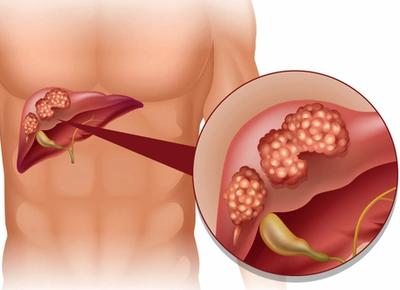
Radiation Oncology
Latest News
Video Series
Latest Videos
Shorts
Podcasts
More News


Ron Lattanze, MBA, provided his commentary regarding why H.R.2541 or the Nuclear Medicine Clarification Act of 2025 should be passed.

Establishing guideline harmonization and practice standardization may help promote the safe and consistent delivery of radiopharmaceutical therapies.

Due to certain errors in the 2026 PFS Final Rule pre-publication, ACRO has issued a statement while awaiting the publication of the 2026 HOPPS Final Rule.
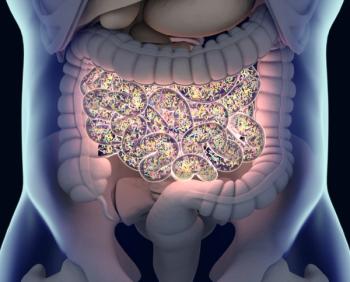
A shorter course of radiotherapy may provide similar oncological outcomes as long-course treatment for older patients with locally advanced rectal cancer.
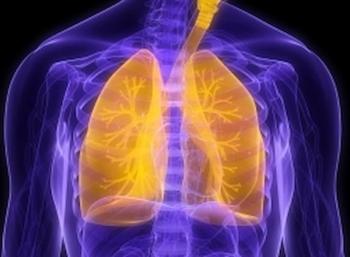
Combinations of antiangiogenic therapy with chemoimmunotherapy may feasibly be shifted forward in real-world extensive-stage small cell lung cancer care.
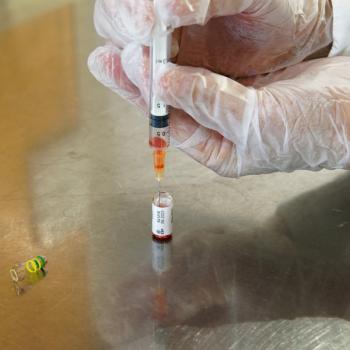
The Nuclear Medicine Clarification Act seeks to increase transparency in reporting potentially high-dose extravasations in administering radiation.

Grade 3 or 4 AEs were experienced by 42.9% of patients who received cisplatin plus radiation compared with 15.3% of patients who received radiation alone.

Data from the phase 3 ROADS trial show significant gains in efficacy without increases in safety concerns following the use of GammaTile.
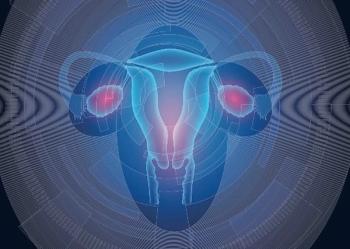
Patients with full-thickness or outer full-thickness stromal invasion following surgery had improved PFS when treated with SIB radiotherapy.

Distance and training represent 2 major obstacles to making radiotherapy available to more patients with cancer across the world.

Louis Potters, MD, FASTRO, FABS, FACR, describes how evidence-based radiation protocols may integrate with novel artificial intelligence software.

The use of enhanced imaging and adaptive radiotherapy has lessened the burden on patients with cancer receiving radiotherapy as treatment.

The SKYSCRAPER-03 trial revealed that tiragolumab plus atezolizumab failed to improve progression-free survival compared with durvalumab in NSCLC.

Patients with cancer are subjected to fewer radiotherapy-induced toxicities because of newer, more advanced technologies.

The safety profile of durvalumab after radiotherapy was consistent with durvalumab after chemoradiotherapy among those with unresectable stage III NSCLC.
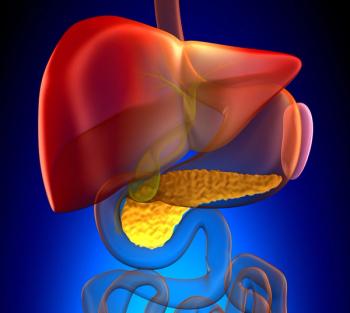
Serious AEs occurred in 49% of patients treated with FOLFIRNOX vs 43% of patients treated with chemoradiation for pancreatic ductal adenocarcinoma.

A novel cancer database may assist patients determine what clinical trials they are eligible to enroll on and identify the next best steps for treatment.

Researching the feasibility of consolidating extensive information into a unified cancer database is the “tip of the iceberg”, said Leila Tchelebi, MD.

An easy-to-access database allows one to see a patient’s cancer stage, prior treatment, and survival outcomes in a single place.

Neoadjuvant radiotherapy prior to surgery was associated with a 3-year OS rate of 88.5% in patients with locally advanced rectal cancer.

A consolidated database may allow providers to access information on a patient’s prior treatments and genetic abnormalities all in 1 place.

The addition of comprehensive bridging radiotherapy to extramedullary disease sites before CAR T therapy may improve PFS outcomes in multiple myeloma.

A study presented at ASTRO 2025 evaluated the feasibility of using a unified cancer database to consolidate information gathered across 14 institutions.
![Radiotherapy is a very evidence-based subject. We can tell quite accurately how well we think [a patient] is going to do.](https://cdn.sanity.io/images/0vv8moc6/cancernetwork/eecaffda6ab0cbb4f4463586ace2f199eeefa8bf-400x401.jpg?w=350&fit=crop&auto=format)
Compared with 25 years ago, radiotherapy is much more personalized and targeted, thus reducing the strain on patients with cancer.















